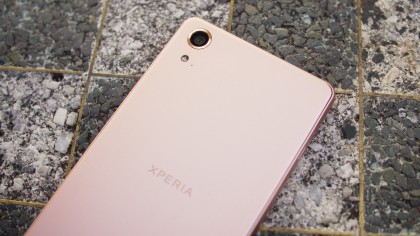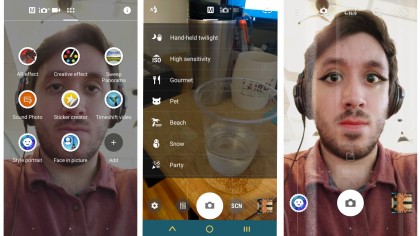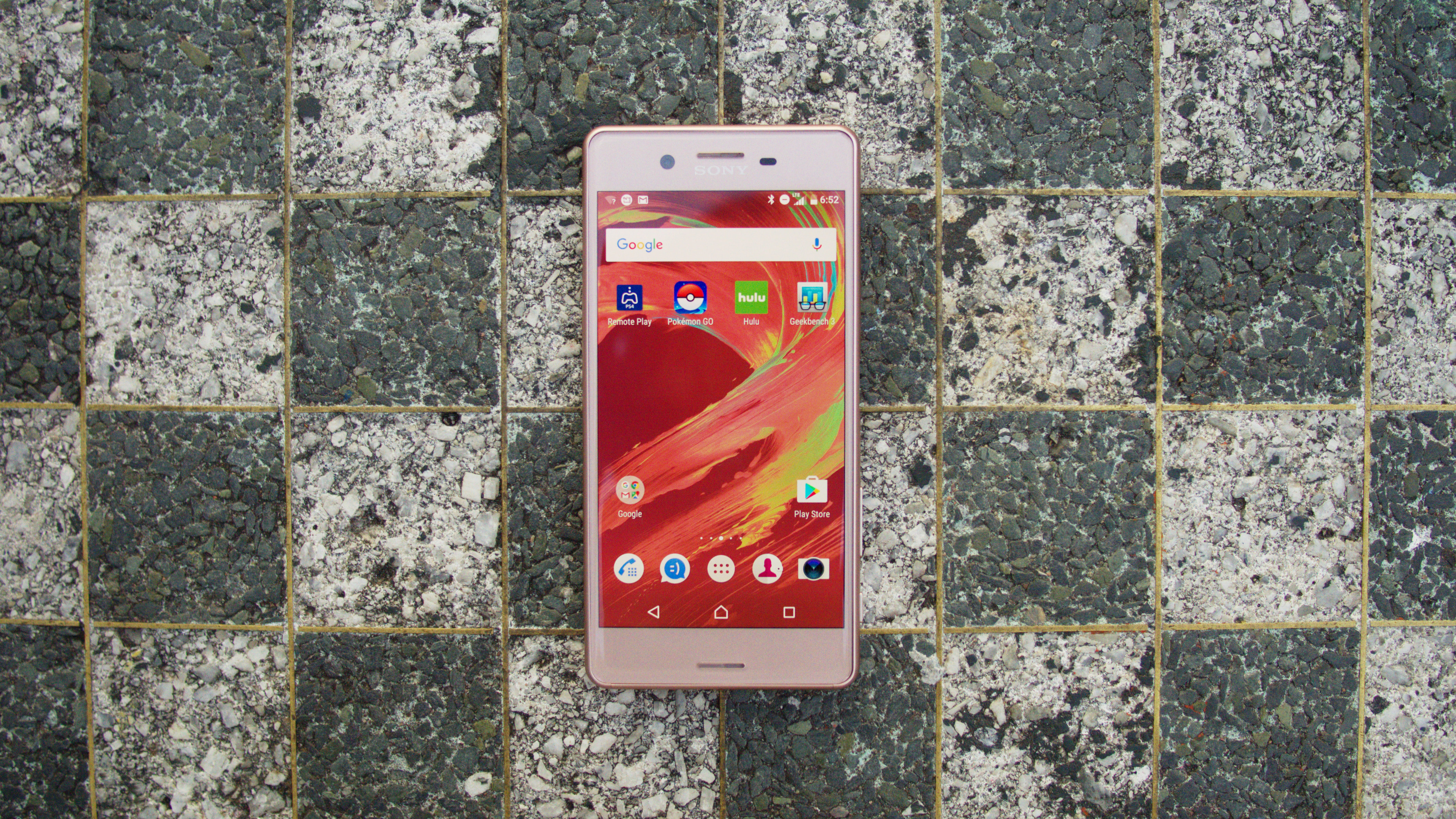Why you can trust TechRadar
Inside of the Xperia X Performance, Sony stocks a non-removable 2,700mAh battery. It is, by no means, the largest ever to be fit into this form factor, but it should be enough to power through your day.
And like the X-Reality function is in place to spruce up its 1080p screen, Sony has added some extra functionality to make the somewhat sub-standard battery capacity last as long as possible. You can switch on the phone's Stamina or Ultra Stamina mode on to put it into power-saving mode, heavily reducing its functionality depending on the option you choose.

After a day of mixed use, which involves texting, streaming music, taking the occasional photo, and some light gaming, the X Performance usually had about 20% remaining. On days with heavier use, the Stamina mode really helped to preserve the battery while we hunted down a plug.
Equipped with QuickCharge 2.0-enabled micro USB port, bringing the Xperia X Performance back from the dead doesn't take too long. Unfortunately, our review unit arrived opened and without the charger and cable, but we had a QuickCharge 3.0 charger handy to give it a fair look.

At 0%, it took 20 minutes to bring it up to 33%. This is enough power to give you 5.5 hours of use, according to Sony. Of course, that depends on how you use it. After an hour, the charge rate slowed and it had 70% ready in the tank. It takes about two hours to fill it completely, which lags way behind the recharge rate of most current Android smartphones.
During our 90-minute HD video test, the battery dropped 27% at full brightness and volume up. If you're using an application that involves sensors in addition to the screen, expect the battery life to plummet even faster.
Camera
When deciding on a phone, the quality of the cameras, both rear and front facing, are pretty important factors to consider. So, consider this.
Both sensors in the Xperia X Performance are provided by Sony's own imaging department. Digging into the major details, the rear-facing 23MP Exmor RS sensor offers a fairly wide aperture of F2.0, HDR support, 5x digital zoom, and an ISO of up to 12,800 for pictures and 3,200 for video recording in full HD. You won't find optical image stabilization or 4K recording here.

The front-facing camera is a 12MP Exmor R sensor that also boasts an F2.0 aperture, and a respectable ISO 6,400.
Each camera boasts a manual mode for those who want to tinker with ISO, white balance and toggle between presets of different types of shots. There's also a Superior Auto mode (Sony's name for it, not ours) that does all of the heavy lifting for you.
In addition to snapping normal pictures, Sony has installed several camera applets that can be easily accessed in the app. From there, you can do some typical tricks, like shoot panoramas or add stickers to an image, as well as some cool tricks with the AR function that can insert 3D objects into the environment a la Tango, but without the detailed environment mapping.

You can either quick launch into the camera by holding the shutter button, swipe up from the lock screen, or click into it from the home dashboard. Once you're inside, flipping between the cameras is as simple as a quick swipe down on the screen.
All said, Sony has provided enough goods on the hardware and software side to make taking nice-looking pictures a relative breeze. But it's not the powerhouse that is the Samsung Galaxy S7, its closest competitor in terms of price and performance.
Brilliance can be captured by Sony's sensors (we take our own stab at trying to accomplish that on the next page,) and while its auto mode, which most people will be using, can more or less keep up with Samsung's flagship phone, it falls flat when it comes to crispness and low-light shooting. Despite its ISO 12,800, the photos taken on the Xperia X Performance never looked as good as they do on the S7. Even the Nexus 5X makes an appearance to school the X Performance.
Cameron is a writer at The Verge, focused on reviews, deals coverage, and news. He wrote for magazines and websites such as The Verge, TechRadar, Practical Photoshop, Polygon, Eater and Al Bawaba.

